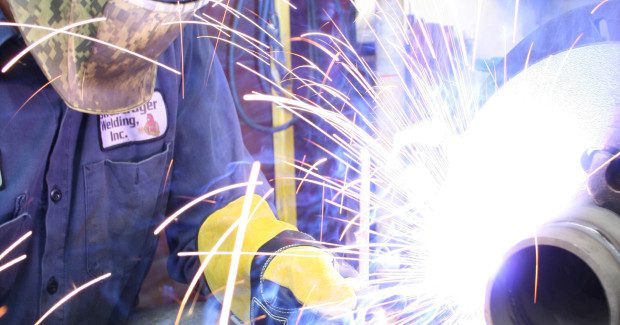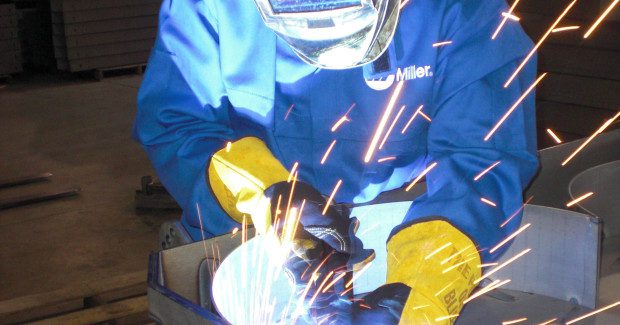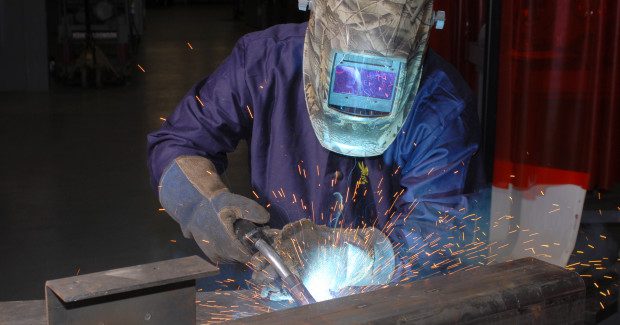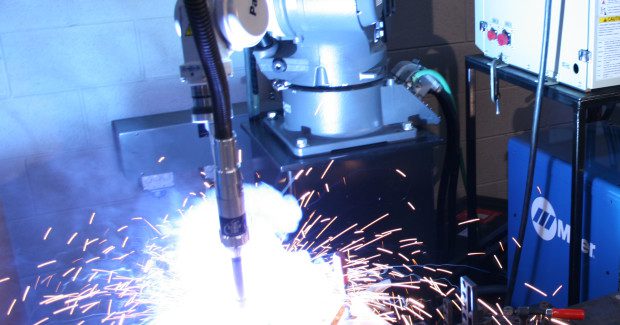Tim Hensley
Industry News
Whether you’re cutting metal, stamping, bending, folding, shearing or rolling up your sleeves to tackle other day-to-day jobs, ensuring equipment is in tip-top shape is critical to a Job Done RightTM. Thankfully, by giving equipment a little TLC, facilities can not only run smoothly, but also up the ante on efficiency and productivity.
Whether you’re cutting metal, stamping, bending, folding, shearing or rolling up your sleeves to tackle other...



































